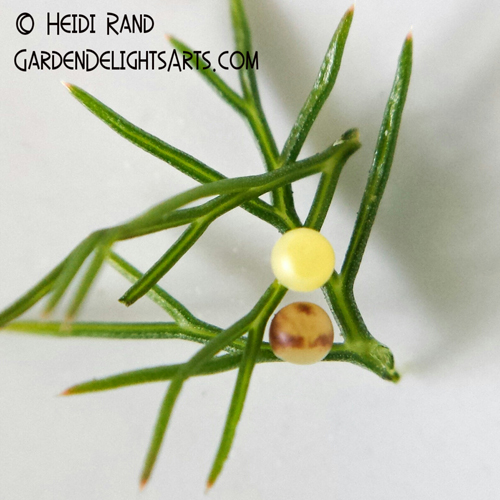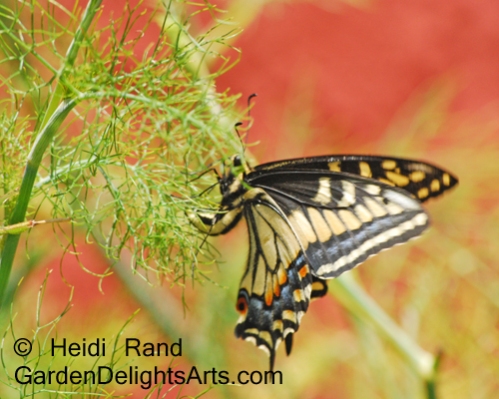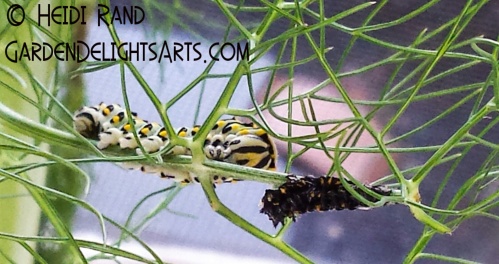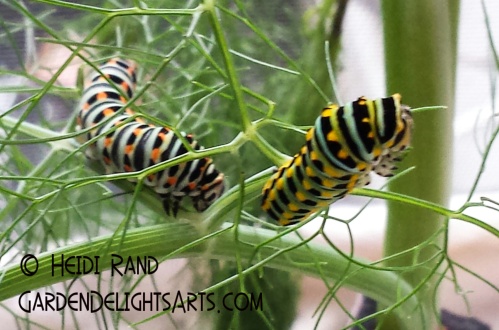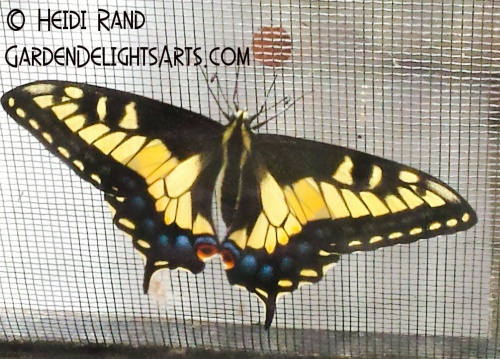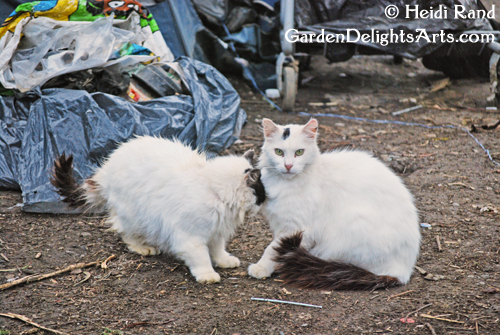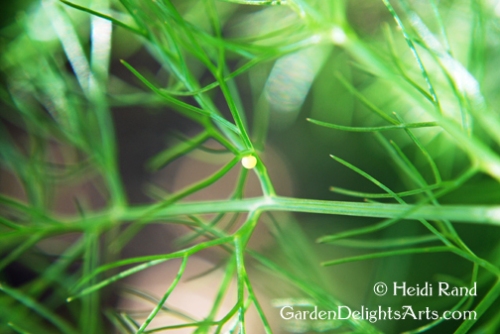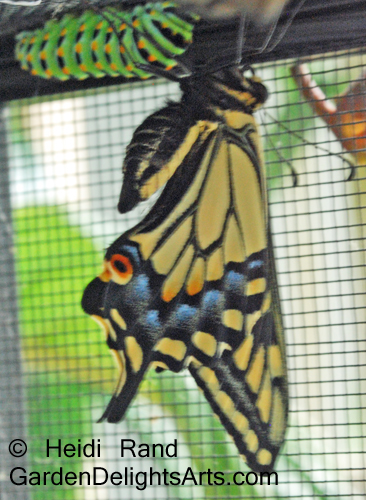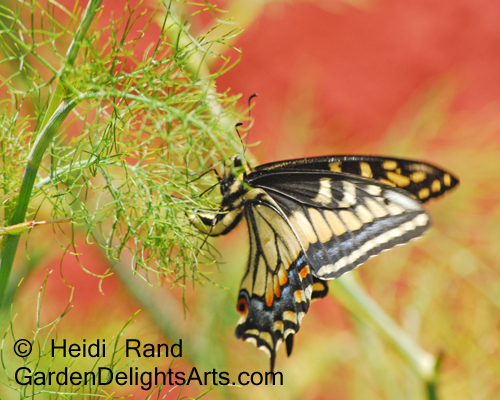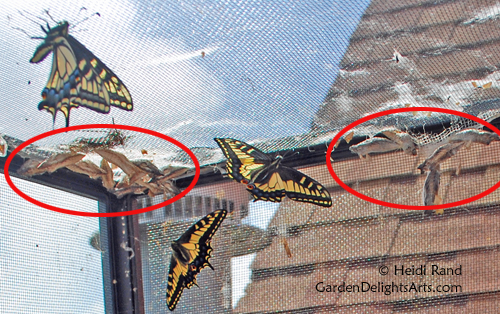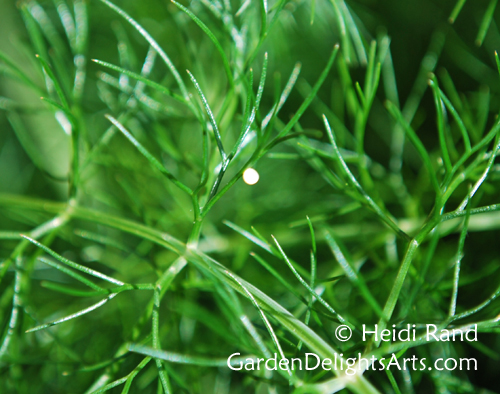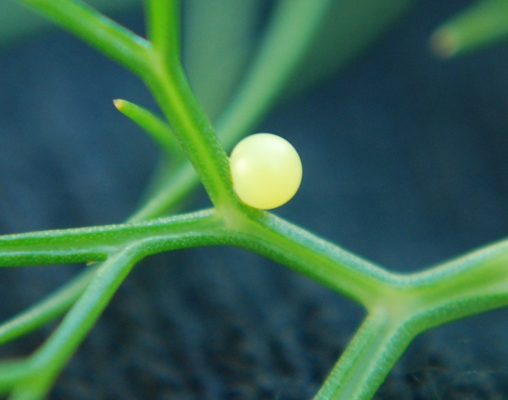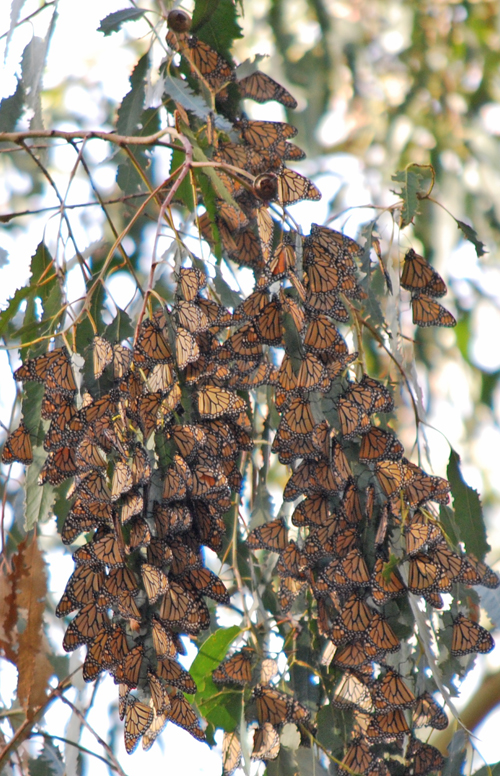George and I took our “pup and pony show” to the El Cerrito Garden Club today. He spoke, and we showed my photos on the topic of maintaining a garden to attract and nurture butterflies.
 We prepared some handouts and I want to share some of the information with you, so here is George’s explanation of the elements that you need to provide habitat for wildlife.
We prepared some handouts and I want to share some of the information with you, so here is George’s explanation of the elements that you need to provide habitat for wildlife.
The four critical elements are: food; water; shelter; and places to raise young. All four elements are intertwined and necessary for wild life. No one element stands alone, and without all four successes at providing for wildlife suffers.
1) Food: All wildlife enhancements absolutely require this. Animals of all species will avoid areas unless they can be guaranteed a reliable food source. A balanced ecosystem needs to sustain everything from plants for larval insects to seeds and prey species, etc.

Anise swallowtail butterfly caterpillar eating fennel
2) Water : The second partner in the pas-de-deux of life. Many animals need water to even feed, or to provide the food they need.
3) Shelter : The greatest variety of wildlife occurs at the interface of distinct habitat types. Example: an open field adjacent to a wooded area. Birds can feed in the field while having the woods to escape if necessary. And there needs to be shelter for them for waiting out inclement weather, or for night-time. Brush, trees of all types and heights, brush piles, high grasses, rock walls, and deep leaf litter and undisturbed forest “duff” all provide shelter and for the last item below:
4) Places to raise young : Success at proving habitat comes in a reward: succeeding generations of young! Tadpoles, baby birds, spawning fish, a skunk and her kits, emerging butterflies ovipositing and the emergent adults from cocoons or chrysalides is the perfect indicator of habitat success.

Monarch butterfly chrysalis
As for shelter, again provide brush, trees of all types and heights, brush piles, high grasses, rock walls, and deep leaf litter and undisturbed forest “duff”’, and gravel beds for many anadromous species of fish.
Notes: it is essential that the above provisions are consistent, removal of one or many of the elements will cause unnecessary suffering and waste of valuable energy for animals. Make all changes to the environment gradual and incremental. Many animals will flee a changed ecosystem and not come back.
ABSOLUTELY REFRAIN FROM USING HERBICIDES AND PESTICIDES. They have no part in habitat preservation. Most long-term effects are unknown and the current load already in the environment is doing irreparable harm.
Thanks, George, for this concise explanation. Dear reader, are you gardening for wildlife – butterflies, bees, birds, and other critters? What are you doing in your garden to provide the four elements of habitat?
